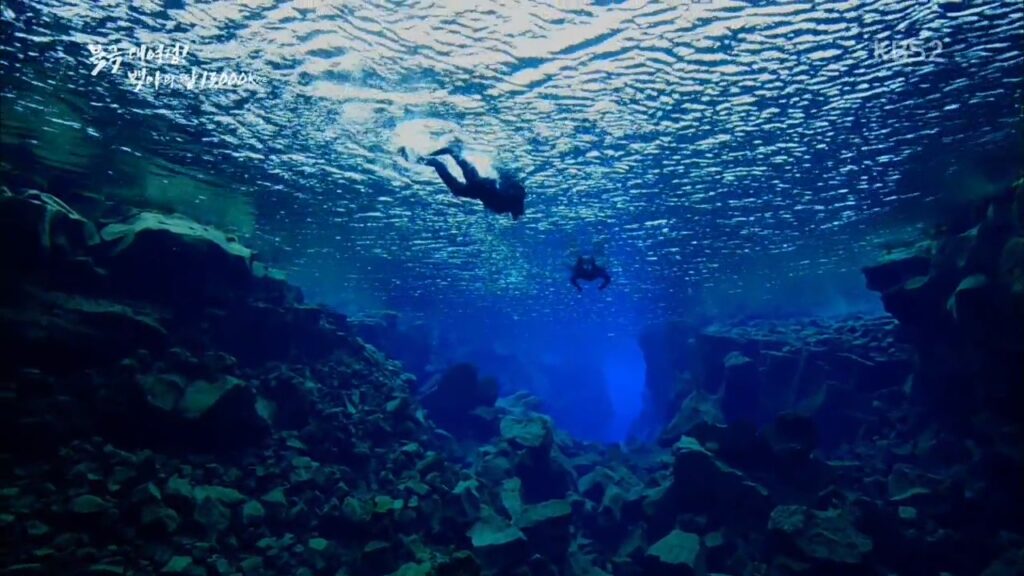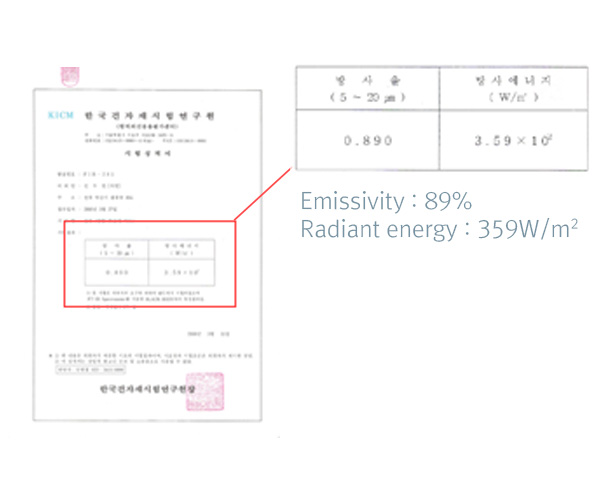Volcanic ash consists of fragments released during volcanic activity, formed by the breaking apart of underground magma at temperatures exceeding 1,600°C due to shock or erosion from volcanic gases. It is made up of small particles ranging from 0.15 to 4 mm in size that are the remnants of lava ejected from volcanoes. Additionally, magma is composed of minerals formed from volcanic ash and lava resulting from volcanic eruptions. The main elements include O, Si, Al, Ca, Na, K, Fe, and Mg. If the main component is silicon (SiO₂) at over 60%, it is classified as granite magma; otherwise, it is basaltic magma. Among these, granite magma is rare worldwide, and the granite magma from the Auvergne region of France is known for containing highly concentrated minerals and is recognized as a pure natural material.




Þingvellir National Park, Iceland
The reason the water is so clean is partly due to the low temperatures, but also because it has been purified over decades by passing through volcanic rock.


Jeju Island
The rainwater is purified as it passes through dozens of layers of basalt geological formations and the volcanic ash layer above.
The secret to the clear and clean water in both regions is Natural volcanic ash
Porous materials, such as activated carbon, consist of 15-95% of their volume being pores. Volcanic ash is also a porous material that forms when magma is released into the atmosphere, allowing volatile components to escape and creating numerous pores.
Why is the porosity of volcanic ash beneficial?
Volcanic ash is composed of sediments made up of small particles ranging from 0.15 to 4 mm. With such fine particles and numerous holes, it can adsorb harmful substances like soil and heavy metals from the human body. This porosity of volcanic ash contributes to creating smooth and healthy skin.

The far infrared radiation rate of volcanic ash is generally over 85%. Far infrared radiation is the most beneficial wavelength (8-10 mm) for the human body among infrared rays, penetrating deeply into the skin and absorbing 80 times deeper than regular heat.


Volcanic ash is a natural mineral with high functionality, including antibacterial properties, moisture absorption, moisturizing ability, odor removal and deodorization effects, as well as water and air purification capabilities. It also possesses far infrared radiation, anti-allergy properties, and the ability to prevent dust mites.
In the 21st century, atopy has emerged as a widespread social issue. Atopic dermatitis is commonly referred to as eczema (atopy is the most common type of eczema).
Eczema
Frequent use of synthetic fibers is a factor that exacerbates atopic skin.


